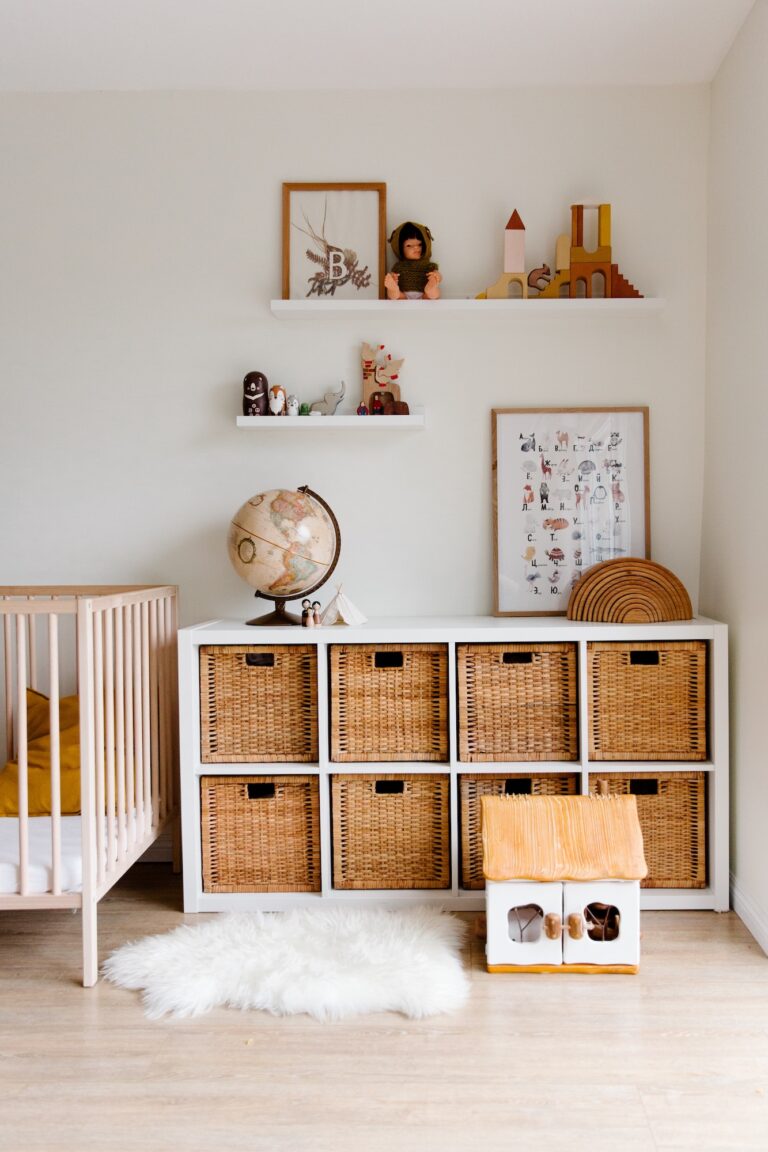7 Important Areas of Your Home That Need Insulation
Insulating your home is a great way to reduce energy costs and keep your home comfortable all year round. But where should you focus your insulation efforts? Knowing which areas of the house are most important for insulation can help you decide where best to invest in materials and labor. This article will examine the key areas of your home that need insulation.
7 Important Areas of Your Home That Need Insulation
Insulation
Let’s discuss what insulation is. Insulation is a material that reduces the transfer of heat or cold between two objects, playing a crucial role in the conservation of heat energy or lack of it in the case of cooling. Insulation is made from materials such as fiberglass, foam, cellulose, mineral wool, or natural fibers. It can be installed in various forms, such as rolls, batts, or loose-fill. If you’re considering improving the insulation in your home, it’s essential to assess your needs and, if necessary, consult with professionals specializing in services like fireplace repair to address potential heat loss through your chimney.
In environments where heating systems, like a heat pump Chicago, are essential, proper insulation is vital for maintaining the systems energy efficiency, in order to affordably provide warmth and comfort to an indoor space building.
Benefits of Insulating your Home
Now that we’ve defined insulation let’s talk about the benefits of insulating your home.
#1. Increased Comfort
Insulating your house helps maintain a consistent temperature indoors, no matter what the weather is like outside. This makes your home more comfortable to live in and can reduce both heating and cooling costs.
#2. Improved Indoor Air Quality
Insulation traps pollutants such as dust, pollen, and mold spores within the walls of your home, helping to improve indoor air quality.
#3. Reduced Energy Costs
Insulating your home can reduce energy costs by up to 15%, as it keeps the heat in during winter and cool air out during summer.
#4. Reduced Noise
Insulation not only prevents heat and cold from entering your house, but it also helps to reduce noise. It acts as a barrier between inside and outside noises, making your home quieter and more peaceful.
If you want to know more, you can always ask some professionals such as iFoam. A professional can provide a detailed home assessment and recommend the best insulation methods for your needs.
Key Areas of Your Home That Need Insulation
Now that we’ve discussed the benefits of insulation let’s look at the key areas where you should focus your home insulation efforts.
If you want to know more, you can always ask some professionals such as iFoam.
#1. Attic
The attic is one of the most important areas to insulate, as it’s where much of your home’s heat can escape. It also receives the most direct sunlight, so ensuring your attic is adequately insulated is essential.
#2. Walls
Insulating your walls helps to reduce the amount of outside air that enters, keeping your home at a consistent temperature. Wall insulation also helps with soundproofing and can even improve indoor air quality by trapping pollutants within the walls.
#3. Maximizing Efficiency and Longevity of Your Hot Tub Through Insulation
Proper insulation of your hot tub, whether it’s located indoors or outdoors, is crucial for maintaining its efficiency and prolonging its lifespan. Insulation plays a key role in retaining heat, reducing energy consumption, and consequently, lowering operational costs. Particularly for outdoor hot tubs, insulation becomes even more vital due to exposure to varying weather conditions. An essential component of this insulation system is the use of a hot tub cover cap.
This cap not only adds an extra layer of thermal protection but also shields the hot tub from debris, UV rays, and weather-related wear and tear. The cover cap effectively seals the heat inside, preventing heat loss that occurs through evaporation, which is the primary cause of energy inefficiency in hot tubs. Additionally, it helps maintain the chemical balance of the water, reducing the need for frequent water treatment and maintenance. In essence, a well-insulated hot tub, complemented with a high-quality cover cap, ensures optimal performance, energy savings, and enhances the overall hot tub experience.
#4. Floors
Floors are another important area to insulate, as they are often overlooked regarding energy efficiency. Insulating your floors will help keep the heat inside in winter and cold air out in summer.
#5. Windows
Windows are often a significant source of air leakage, leading to poor insulation performance. Installing insulated window treatments such as curtains or blinds can help reduce this air leakage and improve your home’s energy efficiency.
#6. Doors
Insulating your doors is another way to reduce air leakage and improve energy efficiency. Installing weather stripping or a door sweep can help reduce the amount of air that escapes through cracks in the door frame.
#7. Basement
The basement is another important area to insulate, as it’s the lowest part of your home and can be a significant source of air leakage. Insulating your basement’s walls and floors will help keep cold air out in summer and warm air in winter.
#8. Plumbing
Plumbing is another area where insulation can help reduce energy loss. Installing insulation around pipes and water heaters will help keep the hot water from escaping and the cold water from entering the house, saving you money on your energy bills.
These key areas are the most critical areas of your home to insulate to save energy and improve comfort. However, inspecting other parts of your home for any air leakage or drafts that could cost you energy bills is also a good idea.
Conclusion
Insulating your home is essential to maintaining a comfortable and energy-efficient living space. It can help reduce noise, improve indoor air quality, increase the value of your property, and save you money on heating and cooling costs. The key areas to focus on are the attic, walls, floors, windows, doors, basement, and plumbing.
Additionally, it’s also important to inspect other parts of your home for any air leakage or drafts that could be costing you money in energy bills. Proper insulation techniques applied in these key areas of your house will ensure optimal comfort while saving up costs simultaneously!










